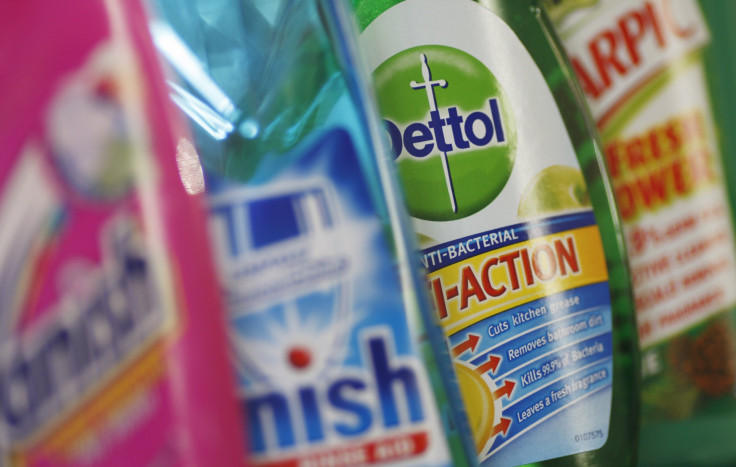Cancer-Causing Chemicals: Indoor Dust Might Cause Infertility And More, Study Says

Health hazards are all around, but a recent study reveals that your own place of residence might pose a serious wellness threat. The study conducted by researchers in the U.S. found that dust typically found in homes has been linked to cancer and other health hazards.
In a report originally published Wednesday in the Environmental Science & Technology journal, research showed that a mixture of toxic chemicals typically found in everyday dust can also cause infertility and developmental issues with infants.
Veena Singla, who co-authored the study, spoke of the chemical trap that is the average U.S. household, telling the Guardian in part, “We think our homes are a safe haven but unfortunately they are being polluted by toxic chemicals from all our products.”
For the study, Singla and her colleagues pooled together research on what makes up indoor dust — taken from 26 peer-reviewed papers (including one unpublished dataset) from 1999 through this year, the Guardian reported.
The research features 45 toxic chemicals that were found in indoor dust, many of which were rooted in fragrances and flame retardants.
Phthalates — typically found in food packaging and plastic products, among other items — were discovered in nearly all of the dust samples in the study.
Phthalates are used to make plastic materials flexible and more difficult to break. The Centers For Disease Control and Prevention (CDC) reports that the chemical is found in “hundreds” of products, from detergents and plastic clothing like raincoats to soaps and shampoos.
TDCIPP, a cancer-causing chemical found in flame retardants within carpet padding and furniture foam, was another concerning chemical. TPHP is another chemical found in flame retardants that accounts for reproduction and nervous system issues.
The major chemical classes found in the household dust included the following, according to the study published in the NRDC study: Environmental Phenols (a preservative found in lotions and cosmetics), Phthalates, Flame Retardants, fragrances (found in perfumes and air fresheners) and Fluorinated Chemicals (upholstery, clothing and footwear).
There is a potential, however: Limit the number of household products that include the chemical classes and, more simply, wipe surfaces down frequently to limit the amount of gathering dust.
© Copyright IBTimes 2024. All rights reserved.






















